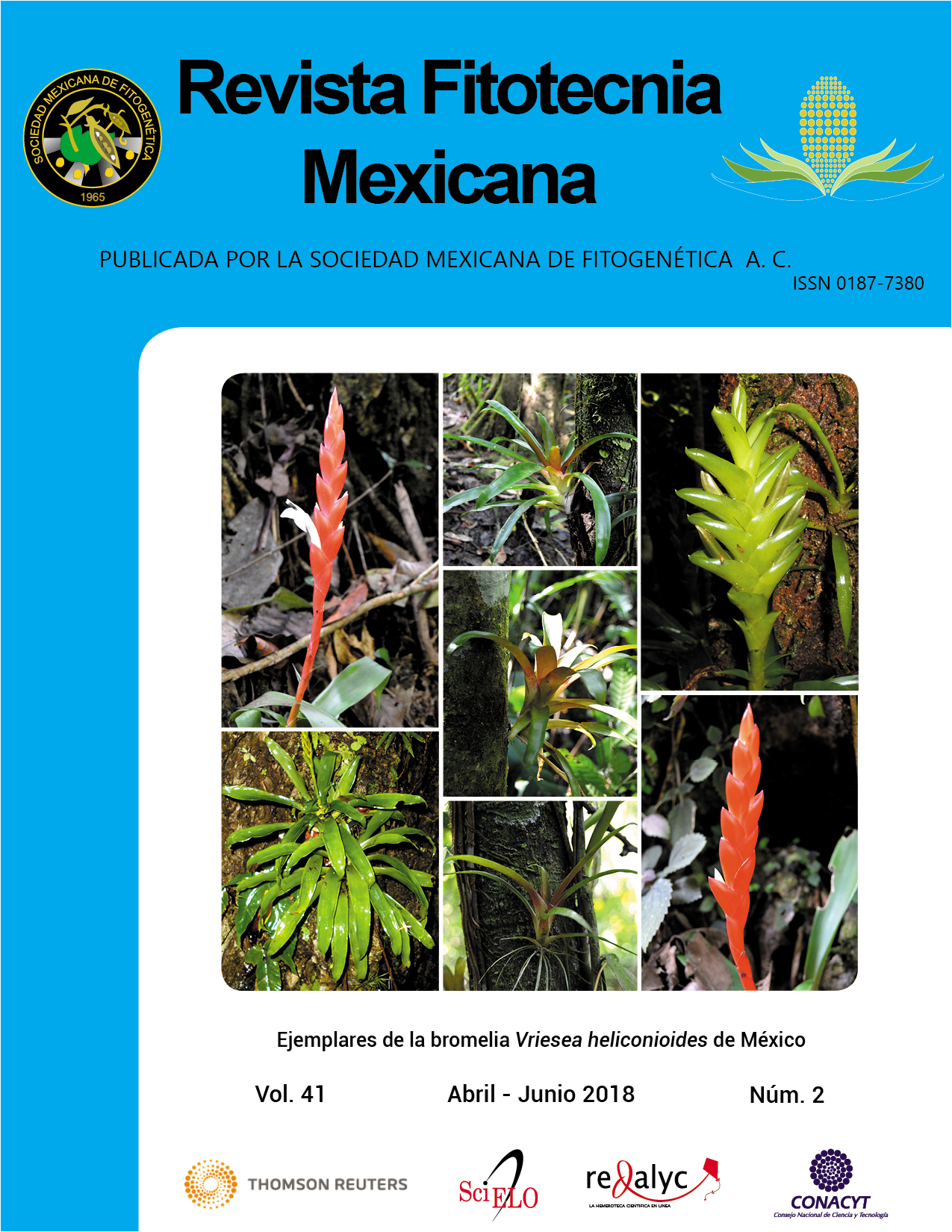In vitro GERMINATION, VIABILITY AND REGENERATION OF Vriesea heliconioides (Kunth) Hook. ex Walp. PLANTS
Main Article Content
Abstract
Vriesea heliconioides (Kunth) Hook. ex Walp is a bromeliad that possesses inflorescences of red bracts and white petals that confer it great horticultural potential. For commercial purposes, it is necessary to develop efficient propagation protocols that discourage the extraction from its natural habitat. This study aimed to define the optimal conditions for in vitro germination of seeds, to determine their viability and to regenerate plants via organogenesis. Seeds were sowed on Murashige and Skoog (MS) medium either complete or at half of its salts concentration to evaluate germination. Other seeds were stored for two years at 10 ºC or at room temperature to estimate viability. To induce organogenesis, seedlings obtained in vitro were cultured on MS medium supplemented with different concentrations of 6-benzylaminopurine (BAP, 5-15 μM) and α-naphthaleneacetic acid (NAA, 1-2 μM). A germination of 100 % of the seeds was achieved on the MS medium at half the concentration of salts. Viability of the seeds can be maintained for up to two years by storing them at 10 ºC, even though it is gradually reduced to 86 % after that time. Organogenesis was observed in MS medium added with 10 μM of BAP and 1 μM of NAA, inducing 6.8 shoots per explant after 12 weeks. Shoots multiplication was obtained at the same concentrations of growth regulators as used in the induction stage. Plant elongation and rooting were achieved in MS medium at half salt concentration supplemented with 1 μM of gibberellic acid. Acclimatization of the plants was efficient in coconut fiber and bark with survival rates of 95 and 93 %, respectively.

